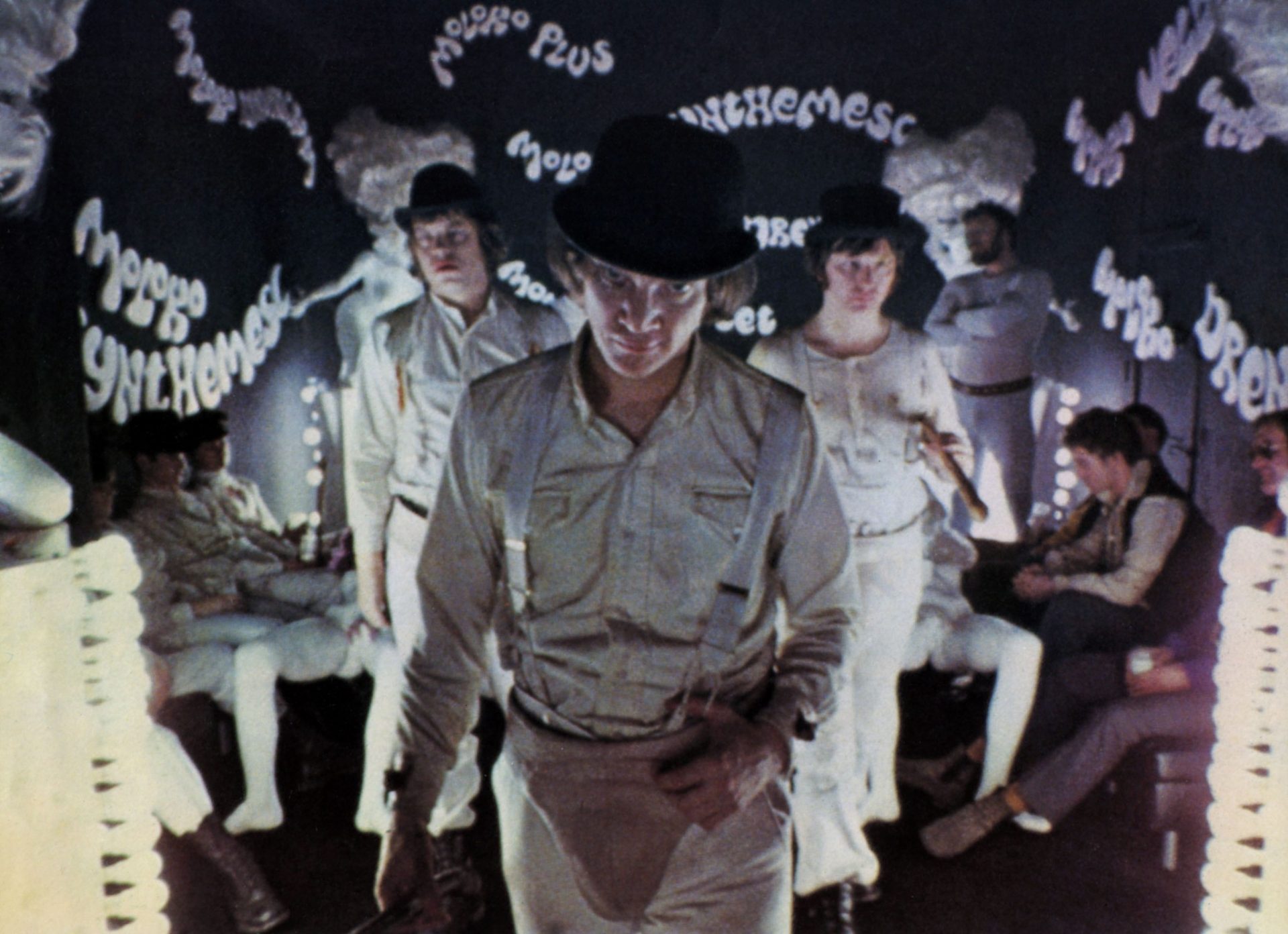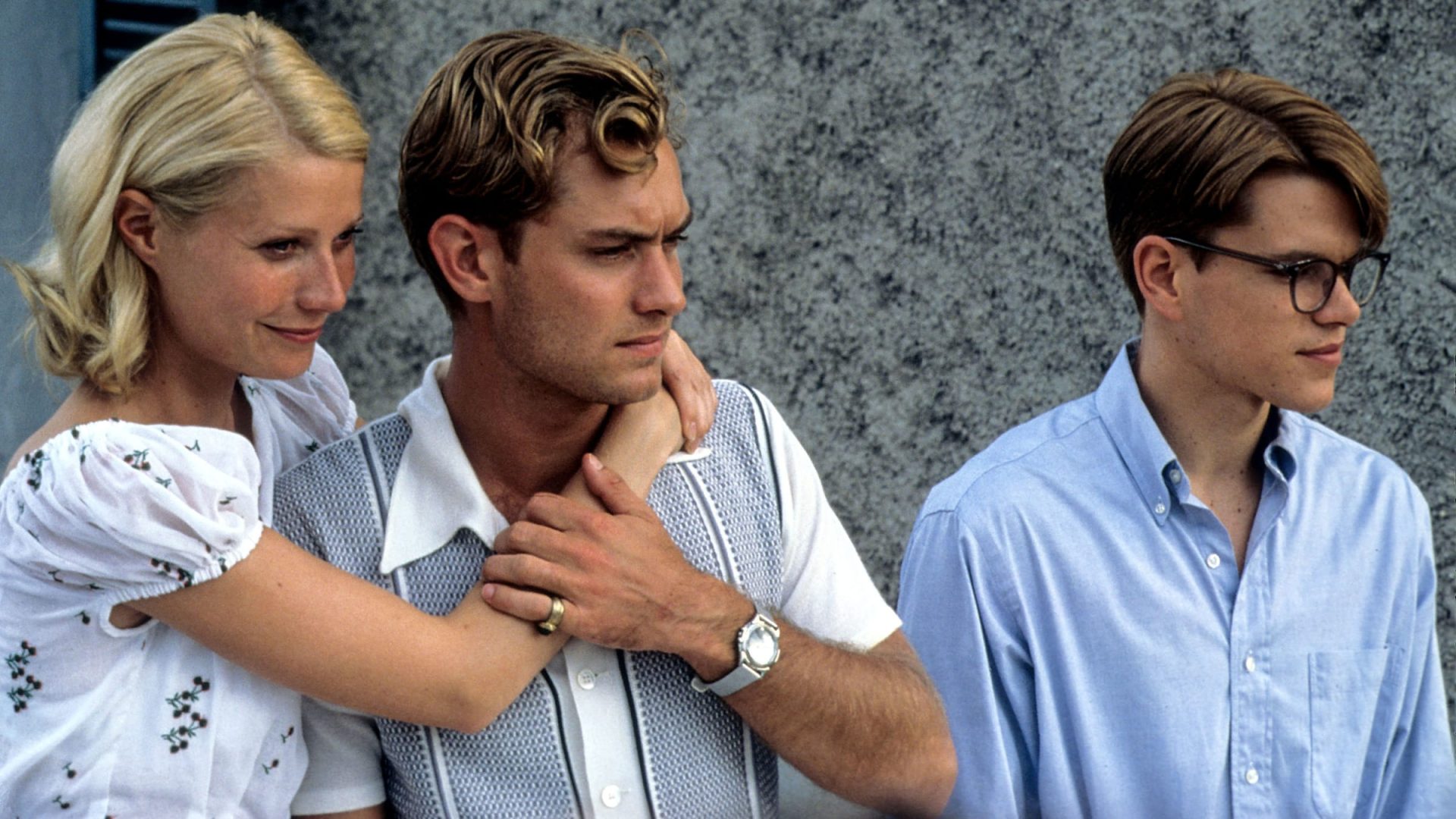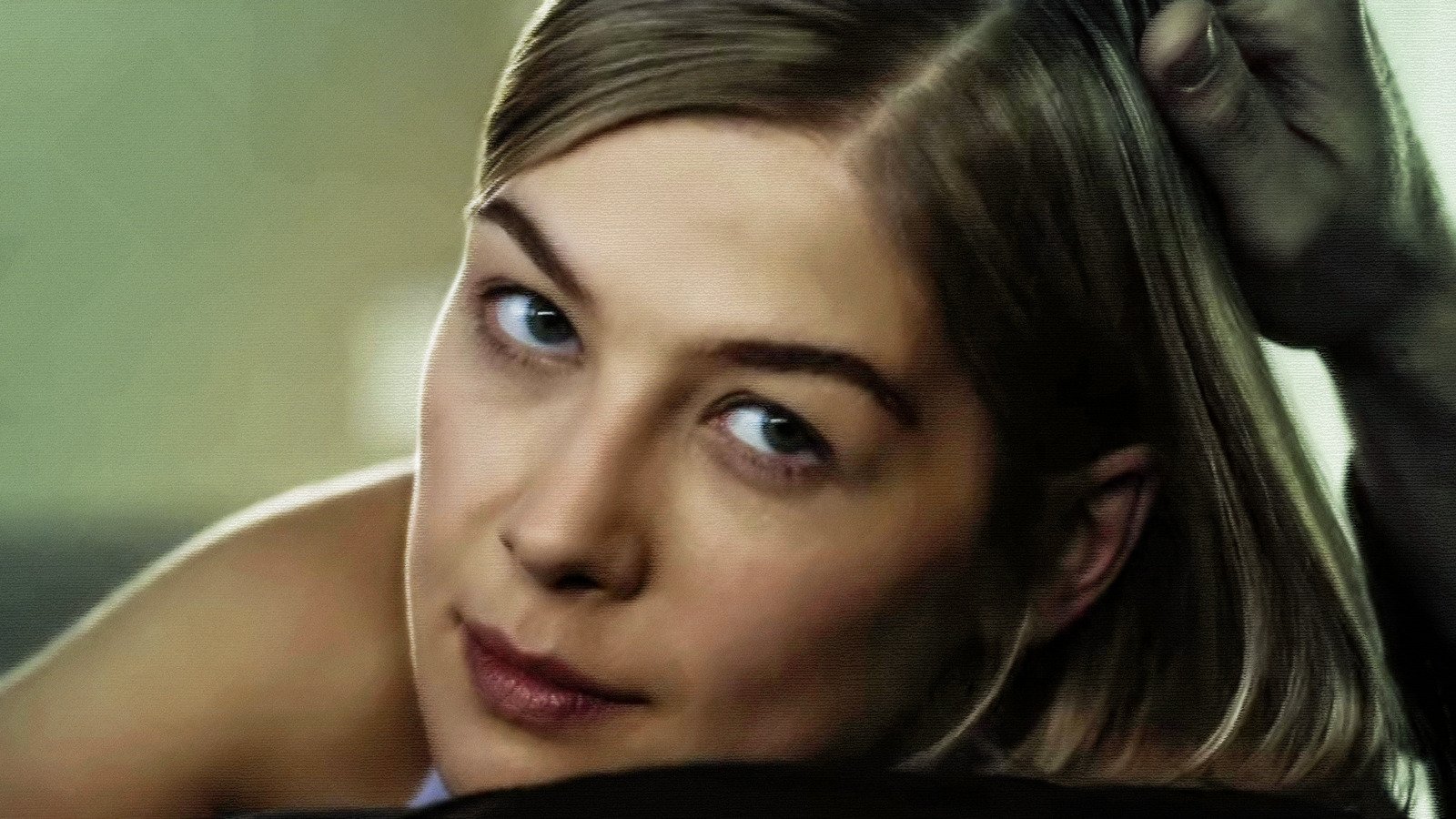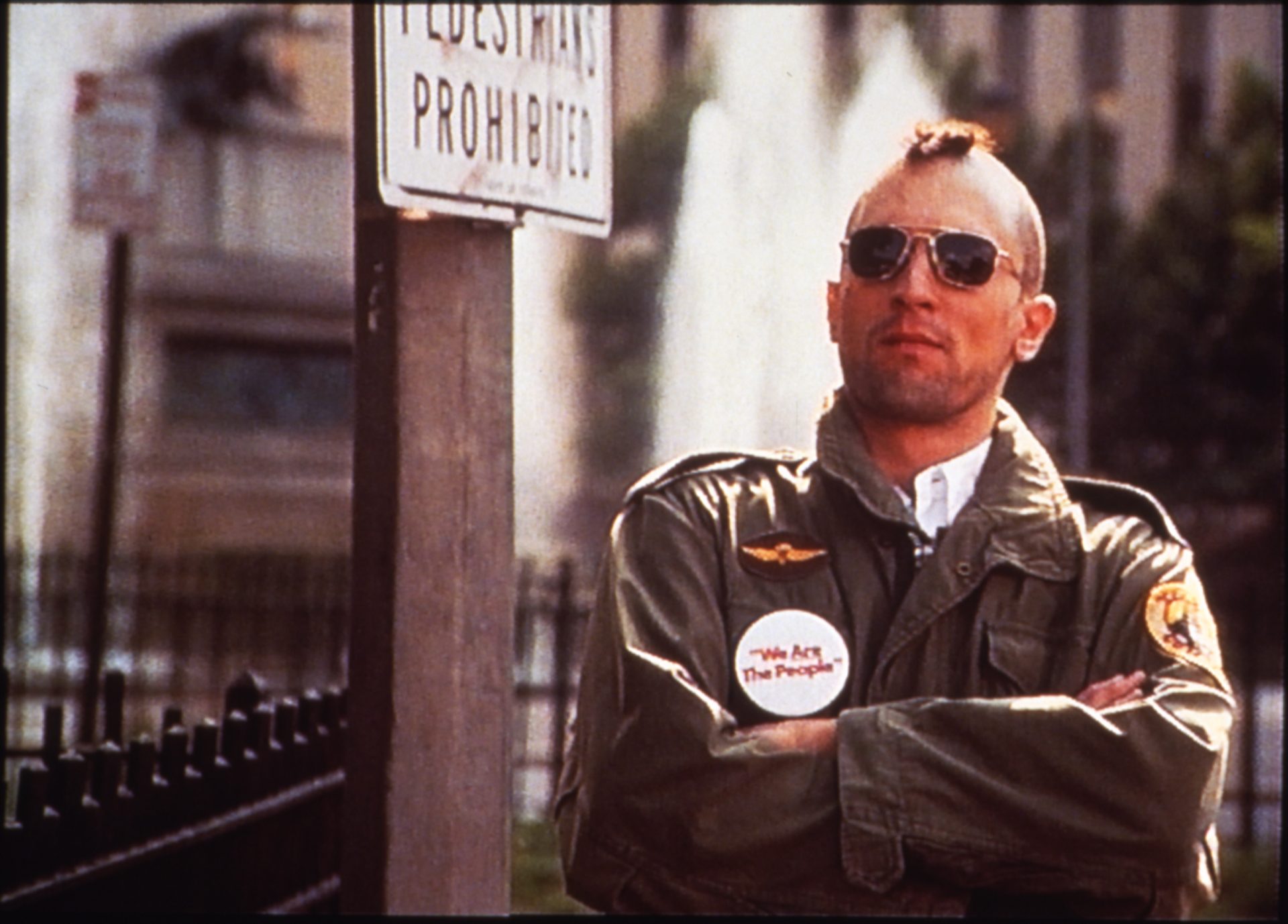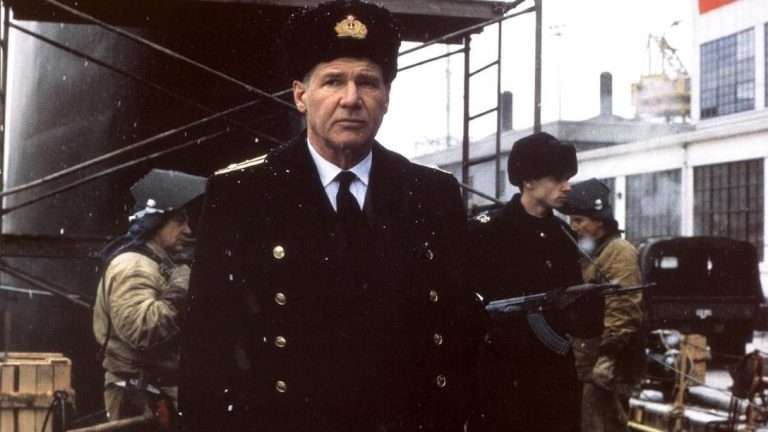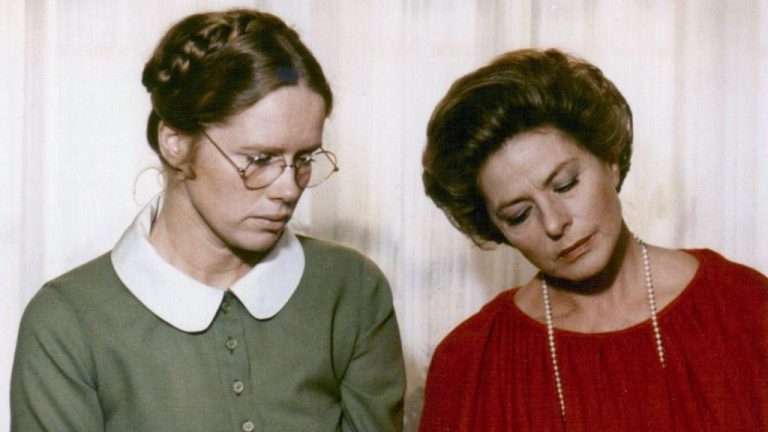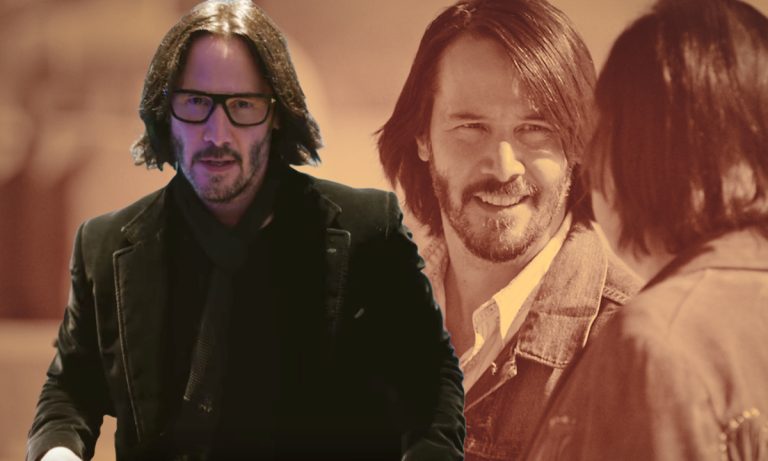10 Films Like American Psycho: American Psycho is an American classic for all the right reasons. Its enduring popularity is a testament to its cultural significance and its status as a landmark in the history of psychological thrillers. One of the main reasons for the film’s enduring popularity is its exploration of the themes of materialism, consumerism, and status in 1980s America. The character of Patrick Bateman is obsessed with designer clothes, high-end restaurants, and luxurious apartments. He judges people based on their possessions rather than their personalities or character.
Bateman is the living embodiment of those themes, and director Mary Harron is covertly effective in using the character to bring out the themes. The relevance of these ideas in the contemporary socio-economic landscape is undeniable. American Psycho’s complex and multifaceted portrayal of human behavior and society is not marred with sympathy but derision. At its core, the sensational central conceit makes you more repulsed than remorseful and, to a human fault, entertaining.
Another key element of the film is its satirical approach to the corporate culture of Wall Street in the 1980s. Bateman’s colleagues are portrayed as shallow, callous, and narcissistic individuals concerned solely with chasing money and status. Not only do they represent the pursuit of ambition, but how it morphs one’s character and personality. American Psycho highlights the moral bankruptcy of this culture, and its critique has become even more poignant in the wake of the 2008 financial crisis. Even today, the disaffected youth find a compelling attraction to the film.
Furthermore, its disturbing portrayal of violence and its impact on the psyche of the killer has also contributed to its status as a classic film. Harron’s direction and Christian Bale’s performance as Bateman create a chilling portrayal of a man who is both charismatic and deeply disturbed. The film does not shy away from depicting the brutality of Bateman’s actions. At the same time, it also delves into the psychological reasons behind his behavior. This combination of graphic violence and psychological exploration has made the film a challenging but compelling viewing experience.
For cinema purists, the film’s use of techniques such as unreliable narration, subjective camera angles, and subtle symbolism make it a work of art that can be analyzed and appreciated on a deeper level. American Psycho’s exploration of the dark side of human nature and the role of society in shaping it can be seen as a reflection of the existential questions that have long been the focus of philosophical inquiry. The cinematic techniques employed in the film also make it a highly engaging and thought-provoking viewing experience.
Below we bring you films like American Psycho that share thematic, visual, and narrative similarities with it. The universe of probable movies is huge. But for now, here are ten great movies like American Psycho to float your boat.
A Clockwork Orange (1971)
Stanley Kubrick’s A Clockwork Orange is an assimilation of the filmmaker’s brilliant unique insight into society and human behavior. His skills as a crafty storyteller and artisan committed to giving the viewer a surreal experience make the film a classic. Like American Psycho, A Clockwork Orange uses unreliable narration to a degree of self-absorption. In both cases, the protagonist’s point of view is the primary lens through which the story is told. However, their own delusions and mental instability often distort their narration. This creates a sense of ambiguity and uncertainty in the reader/viewer, forcing them to question the reality of what is being presented.
In many ways, Alex shares similar personality traits to both Bateman and Ripley. He and his droogs are not exactly searching for the meaning of their existence outwardly, but their actions posit an underlying search for it. The psychology of American Psycho and Clockwork Orange is very similar in that both movies do not want the viewer to worship violence but also reflect on how it is perpetrated.
The Talented Mr. Ripley (1999)
Although Mr. Ripley might not have an affinity for violence quite like Bateman, he shares various similarities. That is the focal point of comparison between American Psycho and Talented Mr. Ripley. Both films revolve around characters struggling with their sense of identity, status, and place in society. Both stories feature protagonists who are obsessed with social status and material possessions and who will go to great lengths to maintain their façade of success and charm. Tom Ripley and Patrick Bateman both struggle with feelings of inadequacy and insecurity. They use their wealth, power, and manipulation skills to try and overcome these feelings.
Even though the evocation of sympathy and compassion from the viewers is discredited, it is not completely ruled out in hindsight. From the narrative standpoint, the films weaponize different settings as a background for the stories. While Talented Mr. Ripley uses the 1950s, a period of conservative social norms and strict gender roles, American Psycho is set in the 1980s, a decade of conspicuous consumption and excess. Both stories challenge the dominant values of their respective eras and offer a commentary on the darker aspects of society and human behavior.
Gone Girl (2014)
American Psycho and Gone Girl are two modern classics that delve into the theme of manipulation, deception, and the facade of perfection. These themes are explored in both works in unique ways but with a similar underlying commentary on society and human behavior.
Both works feature protagonists who create and maintain a facade of perfection to manipulate those around them.
In American Psycho, Patrick Bateman presents himself as the epitome of success and perfection, but his true identity is that of a sadistic murderer. Similarly, in Gone Girl, Amy Dunne is portrayed as the perfect wife until her facade is shattered to reveal a manipulative and dangerous individual. Both characters are experts at manipulating those around them to achieve their goals. Their actions highlight the dangers of the obsession with perfection in modern society.
Furthermore, the theme of deception is prevalent in both works. In American Psycho, Bateman deceives those around him by hiding his true nature. Whereas in Gone Girl, Amy deceives her husband and the entire town by framing him for her own murder. Both works illustrate the destructive power of deception and the lengths to which individuals will go to protect their own interests.
Another theme shared by the two works is the idea of the facade of perfection. Moreover, in American Psycho, the characters’ obsession with consumerism and materialism creates an environment in which Bateman can hide his true nature. Similarly, in Gone Girl, Amy’s facade of perfection is a response to the pressures of societal expectations.
Taxi Driver (1976)
The sense of alienation in Martin Scorsese’s Taxi Driver is consuming, not just for the viewer but also for its troubled protagonist, Travis Bickel. The use of the diary and poetic yet gory display of modern decay in New York City distance us from the world of Taxi Driver and bring us closer to Bickel. It is a unique position for the viewer as that creative choice and narrative turmoil is what makes you root for Bickel to endure against all odds. Paul Schrader’s rigid spiritual lens is not reproduced in Patrick Bateman’s worldview. But both American Psycho and Taxi Driver are very similar to each other.
Both films explore the seedy underbelly of a major city (New York City) and how it is decaying. The city and its people’s skewed morality stand out to Bickel and Bateman, who have different reactions to it. Both films are character studies of deeply disturbed male protagonists. They are toxic at first glance and deeply complex and problematic when you put them side by side. The biggest conspiracy theories around both films are whether or not the central events actually take place.
There is heavy evidence it all happens in their minds. Both films blur the line between reality and the protagonist’s imagination. In Taxi Driver, Bickel’s deteriorating mental state is reflected in the increasingly surreal and dreamlike atmosphere of the film. Similarly, in American Psycho, the audience is left uncertain as to whether or not the events of the film are all in Patrick Bateman’s head.
Both films depict violence as a way for the protagonist to release their inner frustrations and anxieties. Bickel becomes a vigilante and goes on a violent rampage to cleanse the city of its “scum.” On the other hand, Bateman’s obsession with violence and murder serves as a release for his deep-seated insecurities and desire for power. They are absorbing motivations that serve their actions.
Fight Club (1999)
Fight Club and American Psycho are as different as movies can be in terms of plot. There is literally no connection to what happens in the story except for the element of hallucination. While telling the difference between what is fiction and what is real gets hard, the fiercely brazen exploration of masculinity is sharply critical. Without creating parallels, both films institutionalize the emasculated male watching the energetic alphas of the world. It is an apt depiction of how the standards of masculinity have evolved and continually evolving with the changing paradigms of modernity and gender acceptability.
Fight Club explores themes of masculinity, consumerism, and dissociation. Like American Psycho, it features a male protagonist who is disillusioned with the shallow, materialistic world around him and turns to violence as a means of finding meaning and purpose. Both American Psycho and Fight Club explore the concept of masculinity and the impact that societal standards can have on the average male.
The film examines the toxic aspects of masculinity, such as misogyny, narcissism, and violence, that are often associated with the hypermasculine culture of the time. It also highlights the emptiness and lack of fulfillment that can come with a life consumed by materialism and shallow social status. The film follows the unnamed narrator, who is unhappy with his mundane life and lack of purpose. He creates an alter-ego, Tyler Durden, who represents everything that he feels he is not: confident, rebellious, and masculine.
Through Fight Club, an underground fighting club that Durden starts, the narrator is exposed to a world of primal masculinity and anarchic rebellion against the status quo. The film critiques the modern circumstances where men are expected to conform to societal norms and suppress their primal instincts. At the same time, explores the dangers of toxic masculinity, as Durden’s extremist actions lead to chaos and destruction.
While the two films approach the subject matter in different ways, they both offer a commentary on the pitfalls of modern masculinity and the need for a more authentic, fulfilling life.
American History X (1998)
The most significant aspect of the storytelling in American History X is how rage can consume a person to the extent that the outcome of it is unrepentant and relentless violence. For an analysis of the two films here, the nature of the violence becomes irrelevant. What causes Derek Vineyard to erupt is certainly different from what causes Bateman to kill people. Their irreverence for human life stems from different directions, but it arrives at the same conclusion of violence. In that mental state, the conscience is sort of blurred beyond a point. There is no coming back after you have crossed the threshold that makes you human.
The protagonists in American Psycho and American History X share some similarities in their behavior. Both Bateman and Vinyard are extreme examples of toxic masculinity, where they view their own race and gender as superior to others. Both characters represent a dangerous form of masculinity that is fueled by hate, violence, and a need for power and control. They also demonstrate the damaging effects of toxic masculinity on individuals and society as a whole.
Both movies explore the consequences of these behaviors and ultimately show the protagonists facing the consequences of their actions. In American Psycho, the protagonist’s violent tendencies are linked to his obsession with consumer culture and his need to assert his dominance over others. Similarly, in American History X, the protagonist’s violent actions are rooted in his racist beliefs and desire to assert his superiority over people of color.
Both films also use violence to show the psychological toll it takes on the perpetrators. In American Psycho, the protagonist’s descent into madness is portrayed through his increasingly sadistic and violent actions. In American History X, the protagonist’s time in prison and subsequent reformation is depicted through a powerful and disturbing scene where he relives a violent act he committed in the past.
Nightcrawler (2014)
How do you really differentiate between a sociopath and a perfectionist when you see Lou Bloom? Nightcrawler deliciously plays with the distinction, flirting the line constantly and finally crossing it in a maniacal, authentic burst of life in the end. Jake Gyllenhaal has given pop culture a character who is no less than iconic and the very encapsulation of opportunism, hard work, and pathological violence. This film is about a driven and morally ambiguous man who becomes a freelance crime journalist and blurs the line between reporting and participating in the crimes he covers. Like American Psycho, it explores themes of ambition, obsession, and the disturbing thrill of violence.
The vulturistic nature of journalism brings about Bloom’s transformation. It was almost as if taking that freelancing job woke something up in him, the beast that was always there but couldn’t break free. Gyllenhaal’s crazy eyes have already created an internet buzz ever since the movie was released. But truth be told, they are an essential part of the ensemble. The slicked-back hair, scrawny frame, and disarming smile make him a walking contradiction.
Nightcrawler is considered a shattering critique of both modern-day media practices and consumer culture. Throughout the film, Nina, Lou’s boss, serves as a reflection of the moral corruption and manipulation that can occur within the industry. Despite being a straightforward thriller on the surface, Nightcrawler delves into deeper themes of morality and ethics, ultimately forcing viewers to question the impact of the media and the consequences of a society that prioritizes sensationalism over truth. It comes close to putting the institution of press and media under the scanner quite like Sidney Lumet’s classic Network (1974) did.
The Silence of the Lambs (1991)
The pivotal point of differentiation between The Silence of the Lambs and American Psycho is the central position of the killer. While the former shows Hannibal Lecter’s birth out of something internal, howsoever enigmatic and deep within our conscience, the latter depicts Bateman as a product of societal torment. Despite the distinction, the two killers share a similar psychopathy and penchant for violence, making the creation of it artistic and flavorful. They are both anthropological oddballs announcing themselves to the world in spectacular fashions.
Like American Psycho, Silence of the Lambs goes for the jugular right from the beginning. There is no real interest in creating intrigue by the nature of time. Rather, director Jonathan Demme mesmerizes his viewers with the sheer unbelievability of the extent of human violence. Silence of the Lambs asks whether someone who commits horrific acts can still have empathy and compassion, while American Psycho questions whether someone who is completely detached from their emotions can truly be considered human.
Drive (2011)
Ryan Gosling’s protagonist in Drive is perhaps more congenial and sympathetic than Bateman. Gosling is comfortable in the skin of the character, who is similarly stoic and charming like the actor himself. Despite that, when the role required, Gosling got out of his comfort zone and delved deeper into the character’s psychological troubles. Both Drive and American Psycho explore traditional notions of masculinity and how they can be toxic and destructive. The male protagonists in each film struggle with their own sense of identity and struggle to fit into societal norms.
Both films use ambiguity differently. They decided to leave certain aspects of the narrative open to interpretation, which have quite different impacts on how it helps the storytelling. In American Psycho, it is unclear whether or not the events of the film are all in the protagonist’s head or if they are real. Similarly, in Drive, the protagonist’s motivations and feelings are often left unspoken, leaving the viewer to fill in the gaps. While the former is helped in sensationalizing its already dark subject matter, the latter allows you to engage more freely with the protagonist.
The driver is a very complicated character. The themes of alienation and isolation are very visible in what he actually does and how he goes about his job. There are similarities to Taxi Driver too in this regard. The male protagonists in each film struggle to connect with other people and often feel disconnected from the world around them.
Overall, both American Psycho and Drive are stylistically bold, thematically rich films that delve deep into the psyche of their troubled male protagonists. They explore complex philosophical themes and leave a lasting impression on the viewer long after the credits have rolled.
Wolf of the Wall Street (2013)
Now this one might be a head-scratcher, but let me explain. Jordan Belofrt’s fundamental personality trait is his pursuit of status and wealth. That is how millionaires are often made, but it is an important distinction between ambitious and content men. Belfort resorted to unethical and fraudulent practices to get there. He epitomizes the American Dream and how achieving it sometimes confronts you to make tough choices that go against the kind of person you are. Perhaps you have been that person all along, and this ambition has brought it out.
Even at the cost of glorification, Martin Scorcese’s grand vision surpasses those frailties with ease. Bateman shares that similar tangent with Belfort – the rags to riches story that makes all of us jealous. Both films explore the dark side of the American Dream and feature a charismatic, morally corrupt protagonist who is obsessed with power, wealth, and status. They also share a satirical tone and employ elements of black comedy to critique the excesses of capitalism and consumer culture. It is no coincidence that Bateman and Belfort gravitated towards a career in the stock market where the average Joe tries his roll of the dice and test out his luck.
Materialism conjoins the two men even more so than it is apparent. Sociopathy aside, Belfort and Bateman are icons of the pursuit of greed and striving for perfection (in different shapes) without remorse. The use of frenetic pacing and stylistic choices (such as voiceovers and montages) creates a sense of energy and excitement, even as the characters engage in increasingly dangerous and destructive behavior.
Also, Read: American Psycho [2000]: Ugly Crab Inside a Shiny Shell
Movie Links: IMDb, Rotten Tomatoes


